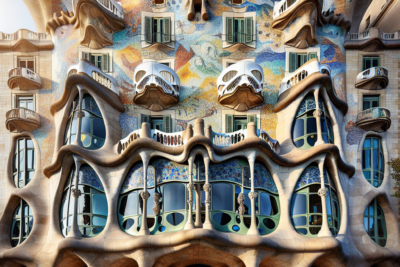
- The Architectural Brilliance of Sagrada Familia: A Symbol of Barcelona
- Unveiling the History and Significance of the Sagrada Familia
- Must-See Features of Sagrada Familia: What to Explore Inside
- The Influence of Gaudí on Sagrada Familia's Design and Construction
- Sagrada Familia's Stunning Facades: A Closer Look at Their Symbolism
- Tips for Visiting Sagrada Familia: Your Guide to an Unforgettable Experience
The Sagrada Familia, an iconic masterpiece designed by Antoni Gaudí, stands as a testament to the visionary creativity of the Catalan architect. Its intricate facades and stunning interior make it a symbol of Barcelona's rich artistic heritage, attracting millions of visitors each year.
Exploring the Exquisite Majesty of Sagrada Familia in Barcelona reveals not only the architectural brilliance of Gaudí but also the deep spiritual significance embedded within its walls. From the towering spires to the vibrant stained glass, every detail invites admiration and reflection, making it a must-see destination for travelers and art lovers alike.
The Architectural Brilliance of Sagrada Familia: A Symbol of Barcelona
The architectural brilliance of the Sagrada Familia lies not only in its sheer scale but also in the innovative techniques employed by Antoni Gaudí. The structure combines elements of Gothic and Art Nouveau styles, creating a unique visual language that is distinctly modern yet deeply rooted in tradition. This synthesis is evident in the use of organic forms, which are inspired by nature and allow the building to harmoniously integrate with its surroundings.
One of the most striking features of Sagrada Familia is its towering spires, which symbolize the twelve apostles, the Virgin Mary, and Jesus Christ. As visitors approach, they are drawn to the intricate details that adorn each facade, including:
- The Nativity Facade, celebrating the birth of Christ
- The Passion Facade, reflecting themes of suffering and sacrifice
- The Glory Facade, depicting the glory of Jesus and the final judgment
The interior of the basilica is equally mesmerizing, designed to emulate a forest with its tall columns and branching vaults. The interplay of light through the vibrant stained glass creates a dynamic atmosphere that changes throughout the day, enhancing the spiritual experience for visitors. This thoughtful design invites reflection and introspection, making it not just a work of art but a sanctuary for the soul.
As a symbol of Barcelona, Sagrada Familia also represents the city’s commitment to cultural heritage and innovation. Although still under construction, it continues to inspire architects and artists around the world, cementing its status as a pivotal landmark that bridges history and modernity. Its completion is eagerly anticipated, promising to further elevate its significance on the global stage.
Unveiling the History and Significance of the Sagrada Familia
The history of the Sagrada Familia is as intricate and fascinating as its architecture. Begun in 1882, the basilica's construction has spanned over a century, with Antoni Gaudí dedicating the last 15 years of his life solely to this project. His untimely death in 1926 left the work unfinished, yet it has continued under the guidance of various architects who strive to realize Gaudí's original vision while incorporating modern techniques.
Significantly, the Sagrada Familia was designated a UNESCO World Heritage Site in 2005, recognizing its unique blend of architectural styles and its cultural importance. This status not only highlights its artistic merit but also underscores its role as a spiritual center that attracts pilgrims, tourists, and art enthusiasts from around the globe. The basilica is a living symbol of Barcelona's resilience, embodying both tradition and innovation.
 The Majestic Sagrada Familia: Exploring Barcelona's Architectural Marvel
The Majestic Sagrada Familia: Exploring Barcelona's Architectural MarvelVisitors often express awe at the Sagrada Familia's elaborate designs, which reflect the deep spiritual beliefs of its creator. Key elements that signify this include:
- Natural motifs inspired by the beauty of nature
- Symbolic structures such as the towers representing religious figures
- Intricate carvings that tell biblical stories
As construction progresses, the Sagrada Familia remains a testament to human creativity and faith. Its expected completion in the coming years promises to fulfill Gaudí's vision of a basilica that not only serves as a house of worship but also stands as a monumental tribute to Barcelona's cultural identity and architectural heritage.
Must-See Features of Sagrada Familia: What to Explore Inside
The Sagrada Familia is a treasure trove of artistic and architectural wonders, offering visitors an enriching experience. Within its walls, one can explore the impressive altarpiece, which showcases a stunning depiction of the Last Supper, captivating the imagination with its vibrant colors and intricate details. This centerpiece serves as a focal point for reflection and reverence, inviting all who enter to connect with the spiritual essence of the basilica.
Another must-see feature is the crypt, which holds significant historical and spiritual importance. Here, visitors can discover the resting place of Antoni Gaudí himself, adding a layer of profound connection to the architect's legacy. The crypt, adorned with beautiful mosaics and sculptures, reflects Gaudí's commitment to his faith and the project he dedicated his life to.
The play of light through the stained glass windows is a breathtaking experience that cannot be overlooked. Each window tells a unique story, with colors that shift and transform as the sun moves across the sky. Visitors should pay special attention to:
- The blue hues of the Creation window
- The vibrant reds and yellows of the Redemption window
- The serene greens of the Resurrection window
Lastly, the chapels dedicated to various saints and religious figures provide an intimate space for contemplation. Each chapel features unique artwork and sculptures that illustrate significant moments from the Bible. This thoughtful arrangement allows visitors to immerse themselves in the spiritual narrative, making the Sagrada Familia a true sanctuary for reflection and inspiration.
The Influence of Gaudí on Sagrada Familia's Design and Construction
Antoni Gaudí's influence on the design and construction of Sagrada Familia is unparalleled, as he infused the basilica with his unique vision that blends spirituality and nature. His innovative approach involved using geometry to create a structure that not only serves aesthetic purposes but also enhances the experience of light and space within the building. Gaudí believed that architecture should resonate with the natural world, which is reflected in the organic shapes and forms that characterize the Sagrada Familia.
A key aspect of Gaudí's design philosophy is the use of structural innovation. He employed a combination of hyperboloids and parabolas, which allows the basilica to withstand natural forces while maintaining a stunning visual appeal. Gaudí's pioneering techniques challenged traditional construction methods, making the Sagrada Familia a groundbreaking example of architectural ingenuity. His forward-thinking ideas have laid the foundation for modern architecture, inspiring generations of architects.
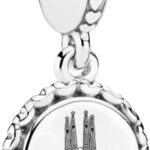 Sagrada Familia: The Epicenter of Barcelona's Charm
Sagrada Familia: The Epicenter of Barcelona's CharmMoreover, Gaudí's deep spiritual commitment is evident throughout Sagrada Familia's intricate details. He envisioned the basilica as a visual representation of religious narratives, embedding symbolism within every element. From the meticulously designed facades to the evocative sculptures, each aspect of the structure tells a story that invites viewers to engage with their faith on a profound level. This rich tapestry of symbolism transforms the Sagrada Familia into more than just a building; it is a living testament to devotion.
Even after Gaudí's tragic passing, his vision continues to influence the ongoing construction efforts. Modern architects strive to remain true to his original designs while integrating contemporary technologies. This unique collaboration ensures that the essence of Gaudí’s masterpiece is preserved, creating a seamless blend of past and present as the Sagrada Familia approaches its long-awaited completion. Ultimately, Gaudí's legacy is not only in the physical structure but also in the spirit of creativity and faith that it embodies.
Sagrada Familia's Stunning Facades: A Closer Look at Their Symbolism
The facades of the Sagrada Familia are not merely decorative elements; they serve as profound narratives that communicate the essence of the Christian faith. Each facade is meticulously crafted to depict key events from the life of Jesus, allowing visitors to engage with the stories of salvation and redemption. The interplay of light and shadow upon these surfaces enhances their emotional resonance, inviting contemplation and reverence.
Among the facades, the Nativity Facade stands out for its celebration of Christ's birth, featuring intricate sculptures that showcase the joy and wonder surrounding this momentous event. In contrast, the Passion Facade conveys themes of suffering and sacrifice, with angular forms that evoke a sense of stark reality and solemnity. Meanwhile, the upcoming Glory Facade aims to represent the eternal glory of Christ and the final judgment, promising to complete the trilogy of narratives that define the basilica's purpose.
Symbolism in the Sagrada Familia extends beyond mere representation; it is deeply embedded in the architecture itself. The towering spires are not just architectural feats but also symbolize the twelve apostles, merging the physical structure with spiritual significance. Additionally, the use of natural motifs throughout the facades reinforces Gaudí's belief in the interconnectedness of faith and nature, creating a harmonious blend that resonates with visitors on multiple levels.
Ultimately, the facades of the Sagrada Familia serve as a visual catechism, guiding visitors through the core tenets of Christianity. This artistic approach not only beautifies the basilica but also transforms it into a living narrative that fosters a deeper understanding of faith. As such, each visit to the Sagrada Familia is an opportunity to reflect on the intricate relationship between art, spirituality, and the human experience.
Tips for Visiting Sagrada Familia: Your Guide to an Unforgettable Experience
When planning your visit to the Sagrada Familia, timing is crucial. To experience the basilica in a more tranquil atmosphere, consider arriving early in the morning or later in the afternoon. This strategy helps avoid the busiest crowds, allowing you to appreciate the intricate details of Gaudí's masterpiece without feeling rushed. Additionally, purchasing tickets online in advance will save you time and ensure your entry at your preferred time.
Don't forget to take advantage of the audio guide during your visit. This essential tool provides valuable insights into the artistic and spiritual significance of the various elements within the Sagrada Familia. As you explore, the audio guide will deepen your understanding of Gaudí's vision and the basilica's symbolism. You can also join a guided tour for a more in-depth experience led by knowledgeable experts.
While exploring the Sagrada Familia, set aside time to admire the stunning stained glass windows. Each window is designed to tell a unique story, and the play of light creates an enchanting atmosphere within the basilica. Be sure to visit the different areas at various times of the day to witness how the sunlight transforms the colors and enhances the overall experience.
Finally, allow yourself to wander around the surrounding parks and gardens, which provide excellent vantage points for photography. The views of the Sagrada Familia from different angles showcase its magnificent architecture. Consider visiting the nearby Park Güell, another of Gaudí's creations, for a full day of artistic exploration in Barcelona.
If you want to know other articles similar to Exploring the Exquisite Majesty of Sagrada Familia in Barcelona you can visit the category WHERE YOU CAN GO.
Deja una respuesta

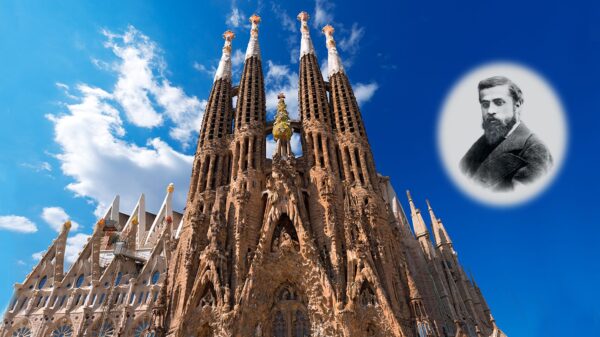
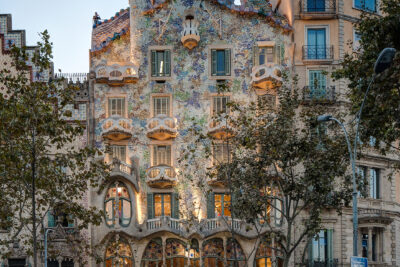
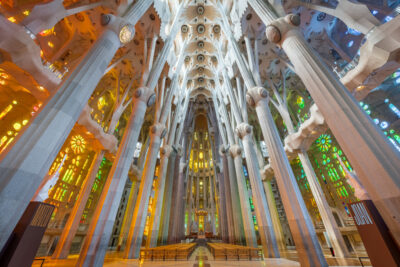
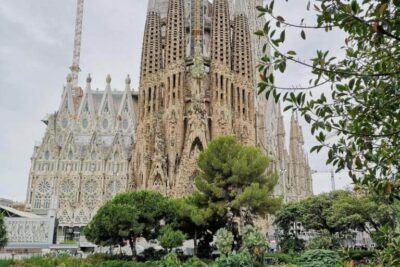
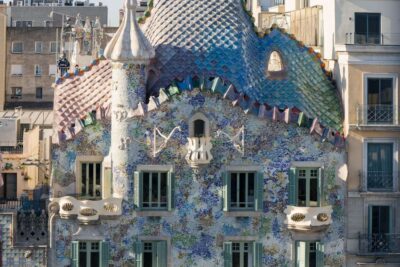
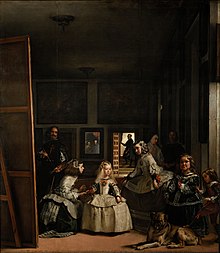
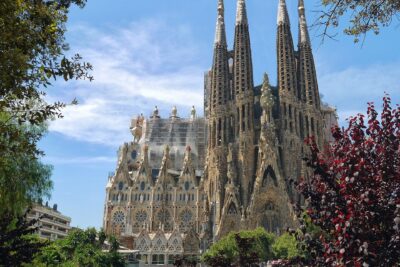
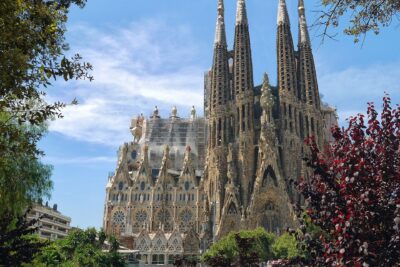
Read more!